This harp is not a simple musical instrument: it is a work of art carved over time, forged by one of the greatest lyards in European history: Sébastien Érard.
"Grecian" model, signed and dated London 1812
Identical to the specimen preserved at the Victor Salvi Harp Museum - an absolute rarity.
???? Historical specifications
Builder: Sébastien Érard, London
Time: approx. 1812
Type: Double-action Grecian harp – 43 strings, 7 pedals
Original signature: “Patent of Sébastien Érard – 18 Great Marlborough Street – London”
Iconography: Column with winged fairy, Nikai, musical instruments, Greek motifs
Conditions: Exceptional patina, intact structure, mechanics to be checked
BIBLIOGRAPHY: SALVI ARPA MUSEUM Sèbastien Erard, London, England 1812 Total height: 169.1 cm Maximum depth: 88.8 cm Weight: 19.6 kg No. strings: 43 N. pedals: 7 This harp is signed: Sébastien Erard's patent N 2377 18 Great Marlborougn Street, London. From a structural point of view, the soundboard is semicircle-shaped with reinforcement chains inside. The handle is made of laminated wood reinforced with a brass plate that encapsulates the double movement mechanics. The semicircular sound box has 5 rectangular holes on the back that can be opened and closed using the eighth pedal. As for the decoration, this instrument belongs to the instruments similar to "greek harp", with a winged fairy figure carved on the column, palmettes and Nikai on the plinth. On the bottom of the soundboard are depicted classic female figures with musical instruments, while other statuettes are painted on the doors on the back of the soundboard. Note the thick decoration that adorns the soundboard with urns, laurel wreaths and mythological figures.
























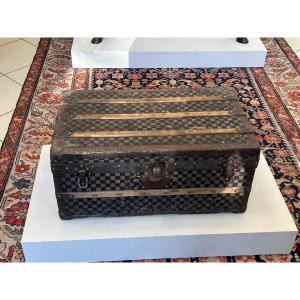


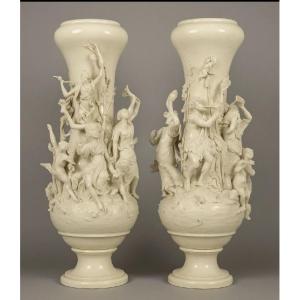




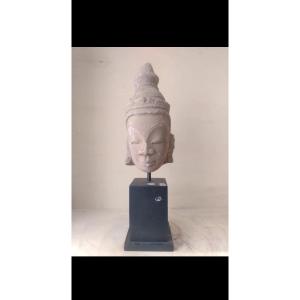


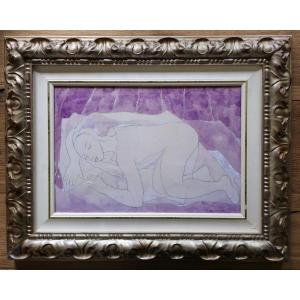
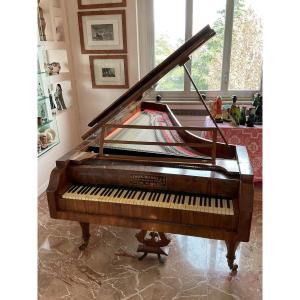



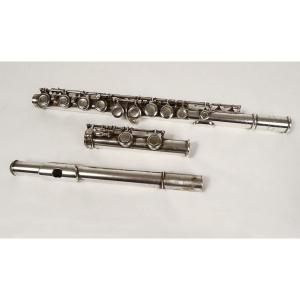



 Le Magazine de PROANTIC
Le Magazine de PROANTIC TRÉSORS Magazine
TRÉSORS Magazine Rivista Artiquariato
Rivista Artiquariato